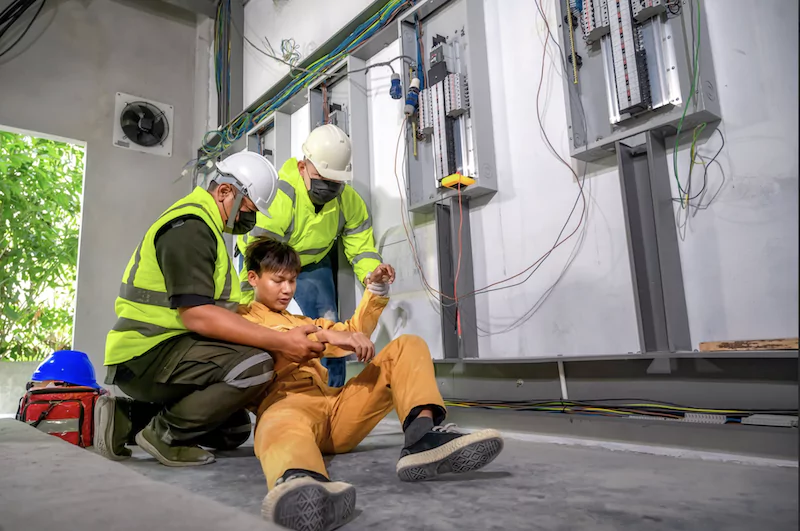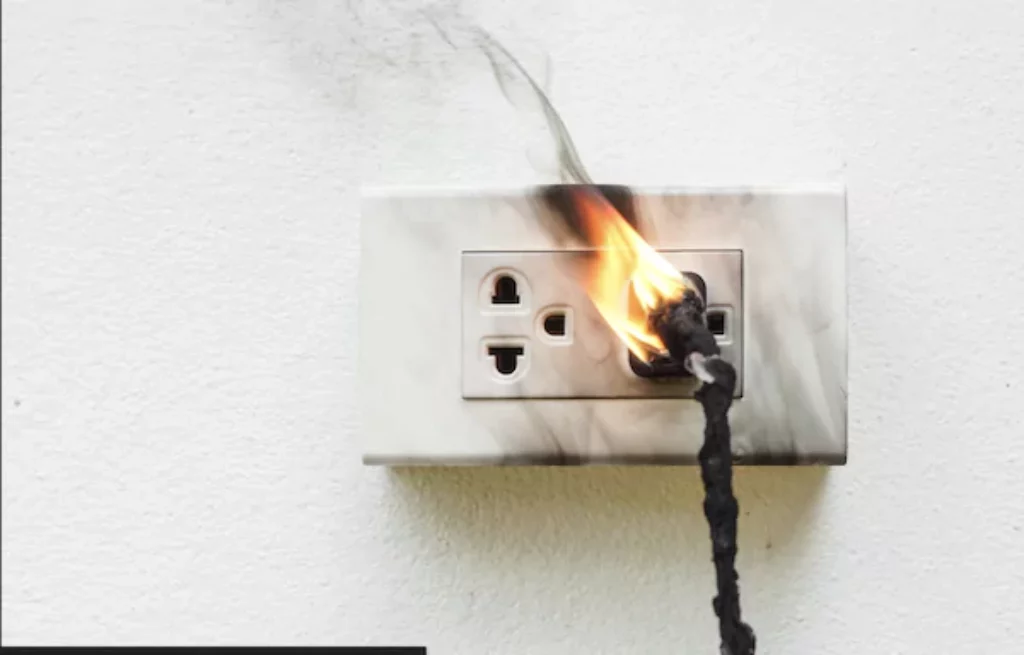How To Deal With An Electrical Emergency At Work

Electricity is a fundamental part of our lives and is essential in powering our workplaces, but it can also be hazardous. Accidents related to electricity occur frequently and can be exceedingly dangerous. Electrical emergencies can occur at any time and can be caused by various factors, including faulty equipment, damaged wiring, and lightning strikes.
Although taking appropriate measures can reduce the likelihood of electrical emergencies, there remains a potential for such emergencies. As a result, it is crucial to know how to deal with an electrical crisis at work to protect yourself, your colleagues, and your workplace. Besides, you can contact The Local Electrician for a guide or assistance to fix the problem.
Here’s what to do in an electrical emergency in the workplace:
Identify The Type of Emergency
It is crucial to identify the type of electrical emergency you are dealing with to determine the appropriate course of action. For example, power outages require a different response than electrical fires or electric shocks. While power outages may be resolved by checking the circuit breaker, electrical fires may require immediate evacuation and the use of fire extinguishers.
Promptly identifying the type of emergency helps you take the necessary steps to prevent the situation from escalating and avoid putting yourself or others at risk. It also enables you to quickly notify the appropriate authorities, such as the fire department or maintenance department, to resolve the issue before it causes significant damage.

Call An Ambulance Immediately
In case of an electrical injury, calling an ambulance immediately is critical. Victims of electricity injuries always need urgent medical attention, and prompt action can help save lives. When calling emergency services, provide as much information as possible about the situation, such as the nature of the emergency and the severity of the injuries sustained.
Providing precise information can help emergency responders assess the situation accurately and arrive prepared with the necessary equipment and medical supplies.
Turn The Power Off
If feasible, and without jeopardizing your safety, it’s advisable to turn off the power source during an electrical emergency. Doing so will ensure that the site is safe to navigate when medical personnel arrives and prevent further harm. For instance, shutting off the power supply during an electrical fire can prevent causing additional damage.
In circumstances where it’s unsafe to turn off the power supply, it’s crucial to isolate the victim from the source of the electric current. Using non-conductive or dry material like a wooden stick can achieve this goal. It is important to create a safe distance between the affected person and the electrical source. This window of time provides emergency services with the opportunity to arrive and address the situation.
Stay Away From Electric Shock Victims
If you witness a colleague experiencing a severe electric shock, your initial response may be to rush to their aid. However, it’s crucial to pause and assess the situation. Your human body is a great conductor of electricity, and coming into contact with the affected individual may lead to the transfer of the electric charge to you, posing a significant danger. Therefore, restricting the number of persons susceptible to electric shock is essential to preventing anyone from contacting the victim until the power source is turned off.
In some instances, an electric shock can cause the casualty’s muscles to contract, making it challenging to release the source of the wonder, such as a cable or an object. This situation can be exceptionally hazardous, and attempting to free the individual may lead to further injury. In such cases, turning off the power source is vital before attempting to assist.
It’s also crucial to be mindful of any water spilled on the area, as water is an excellent conductor of electricity. Taking precautions while in the area, such as avoiding contact with water and conducting the electrical current, is necessary until the power source is turned off.
Administer First Aid
Providing prompt initial treatment to a victim of an electrical injury before medical help arrives can significantly increase their chances of survival. However, it’s crucial to ensure that the victim is removed from the source of the electrical current before administering any first aid. Depending on the extent of the injuries sustained, initial treatment may involve providing care for burns or performing CPR in the case of cardiac arrest.
For burns, administering cold water and dressing the wound can help alleviate the pain and prevent further damage. For cardiac arrest, performing CPR can help ensure that the victim’s vital organs receive oxygen and blood flow until medical professionals arrive.
It is always advisable to have first aid training to assist you in case of any risks, including electrical injuries at work. By taking the necessary precautions and knowing how to respond in an emergency, you can help prevent further injury and increase the chances of survival for the victim.
Conclusion
Electrical emergencies at work can be life-threatening if not handled appropriately. Taking the necessary precautions and knowing how to respond to an electrical emergency is crucial for everyone in the workplace. Identifying the type of emergency, turning off the power, calling emergency services, and providing initial treatment can significantly increase the chances of survival for anyone affected by an electrical emergency. Safety should always be a top priority, and proper training and preparation can save lives in times of crisis.

